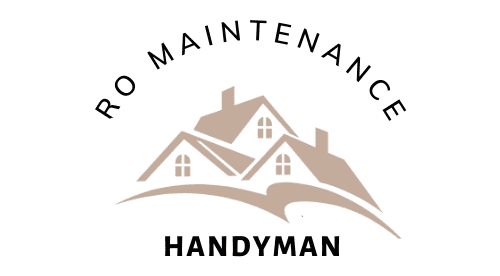
When embarking on the journey of bathroom maintenance, equipping yourself with the right bathroom repair tips is essential. Not only do these tips guide you through selecting the best materials and fixtures that stand the test of time, but they also offer insights into eco-friendly options and the latest trends that can make your bathroom repair tasks more efficient and effective. From the initial assessment to the final touches, our curated bathroom repair tips ensure that every step you take contributes to a durable, stylish, and refreshing bathroom makeover.
Your bathroom is more than just a functional space; it’s a place of solace, rejuvenation, and personal grooming. Over time, wear and tear can take a toll on your bathroom, making it essential to undertake bathroom repairs to maintain its functionality and aesthetic appeal. Whether it’s a minor fix or a full-scale renovation, this blog post will guide you through the essentials of bathroom repair to help you transform this vital room in your home.
-
Assess the Damage: Before diving into bathroom repairs, it’s crucial to assess the extent of the damage. Start by identifying any issues, such as leaks, cracked tiles, chipped porcelain, or mold growth. Understanding the scope of the problem will help you plan your repair project effectively.
-
Plan Your Budget: Bathroom repairs can vary in cost, from simple, budget-friendly fixes to more extensive renovations. Determine your budget and decide if your project will be a DIY endeavor or if you’ll need to hire professionals. Planning your budget in advance will prevent unexpected expenses and help you stay on track.
-
Prioritize Repairs: Once you’ve assessed the damage and established your budget, prioritize the necessary repairs. Start with essential fixes like plumbing issues, leaks, or structural damage. Then, consider aesthetic improvements like re-tiling, new fixtures, and paint to enhance the overall look and feel of your bathroom.
-
Fix Plumbing Problems: Plumbing issues can quickly lead to water damage, so it’s essential to address them promptly. Common problems include leaky faucets, running toilets, and clogged drains. If you’re not experienced with plumbing, it’s best to hire a professional to handle these repairs to prevent further complications.
-
Replace Damaged Tiles and Grout: Damaged or outdated tiles can make your bathroom look shabby. Replace broken tiles and refresh the grout to instantly improve the room’s appearance. Consider choosing water-resistant tiles to ensure long-lasting results.
-
Paint and Refresh: A fresh coat of paint can work wonders in your bathroom. Choose a color that complements your tiles and fixtures. Opt for mold-resistant paint to prevent moisture-related issues in the future.
-
Upgrade Fixtures: Updating your bathroom fixtures can provide a significant visual transformation. Consider replacing old faucets, showerheads, and towel bars with modern, energy-efficient, and stylish alternatives.
-
Address Mold and Mildew: Mold and mildew thrive in damp environments like bathrooms. If you have mold growth, eliminate it using appropriate cleaning products and ensure proper ventilation to prevent its return. Repair any water damage or leaks that may contribute to mold growth.
-
Seal Gaps and Cracks: Gaps and cracks around your bathroom fixtures, windows, and doors can lead to water leaks and drafts. Seal these openings with caulk or weather stripping to improve energy efficiency and prevent further damage.
-
Proper Maintenance: Once your bathroom repairs are complete, it’s essential to establish a regular maintenance routine. This includes cleaning, checking for leaks, and addressing minor issues promptly to prevent more extensive problems down the road.
Bathroom repairs are a necessary part of homeownership, and they offer an opportunity to revamp your space and enhance its functionality. By assessing the damage, planning your budget, and prioritizing repairs, you can transform your bathroom into a more inviting and comfortable retreat. Remember to address plumbing issues, replace damaged tiles, and upgrade fixtures to achieve the best results. With proper care and maintenance, your newly repaired bathroom will remain a haven of relaxation and personal care for years to come.


Leave a Reply